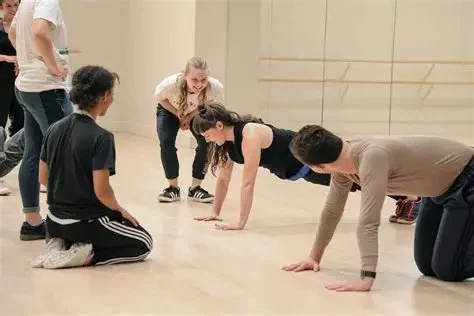
- - Introduction: The Power of Dance Improv
- - 1. What is Dance Improv?
- - 2. The Benefits of Dance Improv
- - 3. How to Trust Your Instincts in Dance Improv
- - 4. Real-Life Example: A Dancer’s Journey with Improv
- - 5. Conclusion: Embracing Dance Improv
The Power of Dance Improv
Dance improv is an exciting and liberating form of expression that allows dancers to create movements in the moment without predetermined choreography. It can be both thrilling and intimidating, especially for beginners. But one of the most important aspects of mastering dance improv is learning to trust your instincts. In this article, we’ll explore what dance improv is, why it’s beneficial for dancers, and how you can learn to trust your instincts while improvising.

Rock City Dance Center - Conway / rock city dance center
1058 Front St #102, Conway, AR 72032, USA
1. What is Dance Improv?
Dance improv, or improvisational dance, is a style where dancers respond to the music, their emotions, and their environment in real-time, creating spontaneous movements. Unlike traditional choreography, where movements are planned and practiced, improv allows the dancer to experiment with movement and explore new creative possibilities on the spot.
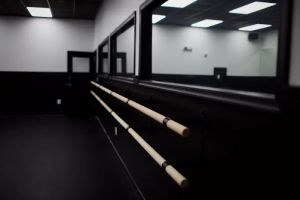
Class Act Performing Arts / class act studios
EdgewaterAnne Arundel CountyMaryland
161 Mitchells Chance Rd, Edgewater, MD 21037, USA
1.1 The Role of Music and Emotion in Dance Improv
In dance improv, music plays a significant role in guiding a dancer’s movements. The rhythm, tempo, and mood of the music can inspire unique movements that align with the emotions the dancer is feeling at the moment. Emotions also deeply influence improv; the dancer’s mood or energy can shape the way they move, creating a more personal and expressive performance.
1.2 The Freedom of Movement
One of the main characteristics of dance improv is its freedom. There are no strict rules or steps to follow. This freedom allows dancers to explore different movement styles, body rhythms, and even interact with the environment around them, such as dancing with props or engaging with other dancers.
2. The Benefits of Dance Improv
Dance improv isn’t just a fun activity; it offers numerous benefits for dancers, both physically and mentally. Here are some of the key advantages:
2.1 Enhances Creativity
One of the greatest benefits of dance improv is that it boosts creativity. Without the constraints of choreography, dancers are encouraged to think outside the box and experiment with new ideas. This fosters a deeper connection with the body and an exploration of creative possibilities that might not have been considered in traditional dance forms.
2.2 Builds Confidence
Since improv requires dancers to let go of control and embrace the unknown, it can be a great confidence booster. Trusting yourself in the moment and allowing your body to move freely helps overcome self-doubt and encourages self-expression. Over time, dancers become more comfortable with uncertainty, building a sense of confidence in their movement and choices.
2.3 Strengthens Physical Skills
Dance improv helps improve flexibility, coordination, and balance. The constant change in movement patterns requires the dancer to remain physically engaged and aware of their body’s capabilities. It also encourages exploration of new ways to move, which can improve muscle memory and physical control over time.
3. How to Trust Your Instincts in Dance Improv
Trusting your instincts is a critical part of dance improv. It can be difficult, especially for those new to the practice, but with the right mindset and techniques, anyone can learn to trust their body and their spontaneous movements.
3.1 Let Go of Self-Judgment
One of the biggest obstacles in dance improv is self-judgment. Many dancers hesitate to improvise because they’re afraid of making mistakes or looking awkward. The key to overcoming this is to let go of judgment and embrace the process. Improv is about exploration and self-expression, not perfection. Allowing yourself to make mistakes and learn from them is a crucial part of the journey.
3.2 Stay Present in the Moment
To trust your instincts, you need to be present in the moment. Focus on the music, your body, and your feelings without thinking too much about what comes next. By staying in the present, you can respond to the music and your environment naturally, without overthinking or forcing movements.
3.3 Practice, Practice, Practice
Like any skill, learning to trust your instincts in dance improv takes practice. Start with simple exercises, such as moving freely to different types of music or improvising with a partner. Gradually challenge yourself by improvising in different spaces or adding new elements to your performance. The more you practice, the more comfortable you’ll become with letting go and trusting your body’s movement.
4. Real-Life Example: A Dancer’s Journey with Improv
Take the story of Mia, a dancer who struggled with trusting her instincts in dance improv. Mia had always been a perfectionist, following choreography to the letter and avoiding any spontaneous movements. After joining an improv class, Mia began to feel challenged by the freedom of the form. However, with time, she learned to embrace the uncertainty and let her body move without overthinking. She started using improv as a way to explore her emotions and creativity, and soon, she found herself more confident and free in her dancing.
5. Embracing Dance Improv
Dance improv is a powerful and freeing art form that allows dancers to connect with their bodies, emotions, and the music in a spontaneous and creative way. Trusting your instincts is key to unlocking the true potential of improv, and with practice, you can build confidence and enhance your creative expression. Whether you’re a beginner or an experienced dancer, embracing improv can deepen your connection to dance and open up new possibilities for artistic expression. For more resources and classes to help you dive into the world of dance improv, visit Creative Edge Dance Studio.
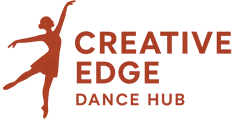
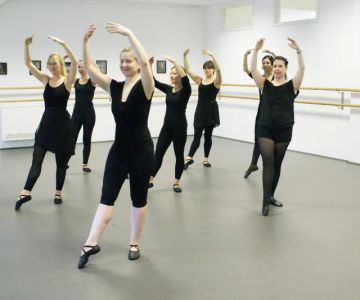
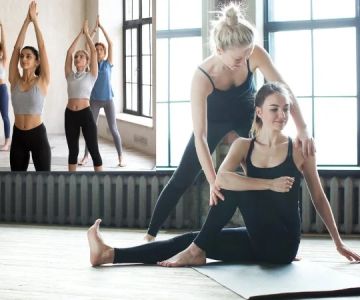
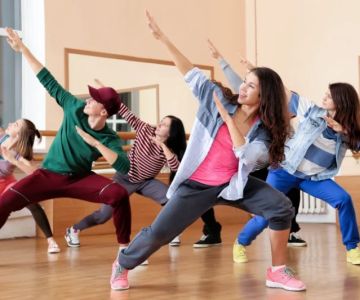
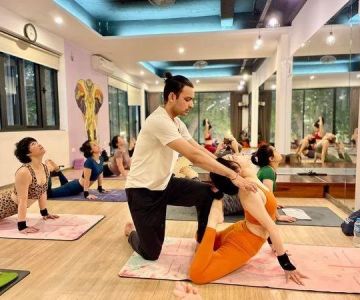

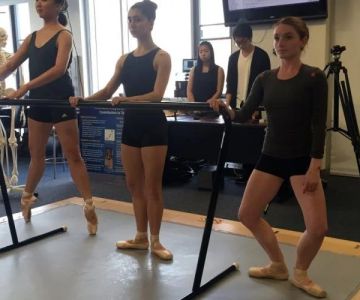
 PoleFit Carolinas - Voted Best with Two Locations to Serve You4.0 (38 reviews)
PoleFit Carolinas - Voted Best with Two Locations to Serve You4.0 (38 reviews) Step 1 Dance 2 Academy4.0 (11 reviews)
Step 1 Dance 2 Academy4.0 (11 reviews)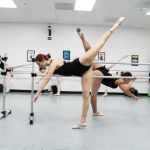 Showcase Dance Studio4.0 (43 reviews)
Showcase Dance Studio4.0 (43 reviews) Dance Vision Studios-Memorial5.0 (18 reviews)
Dance Vision Studios-Memorial5.0 (18 reviews) Shall We Dance: Summersville Gymnastics Center0.0 (0 reviews)
Shall We Dance: Summersville Gymnastics Center0.0 (0 reviews)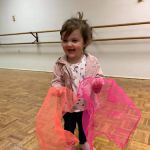 Workshops In Dance5.0 (7 reviews)
Workshops In Dance5.0 (7 reviews)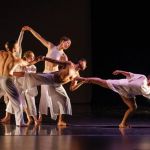 The History of Contemporary Dance in the US: Evolution and Influence
The History of Contemporary Dance in the US: Evolution and Influence How to Transition from Dance Classes to Social Dancing: A Complete Guide
How to Transition from Dance Classes to Social Dancing: A Complete Guide How to Find a Dance Class with a Live Band – Discover the Best Dance Experiences
How to Find a Dance Class with a Live Band – Discover the Best Dance Experiences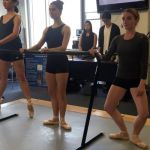 What is Dance Kinesiology? Understanding the Science of Movement
What is Dance Kinesiology? Understanding the Science of Movement The Best Dance Styles for Stress Relief and Relaxation - Move, Breathe, and Unwind
The Best Dance Styles for Stress Relief and Relaxation - Move, Breathe, and Unwind The Role of Festivals in the Dance Community Culture
The Role of Festivals in the Dance Community Culture